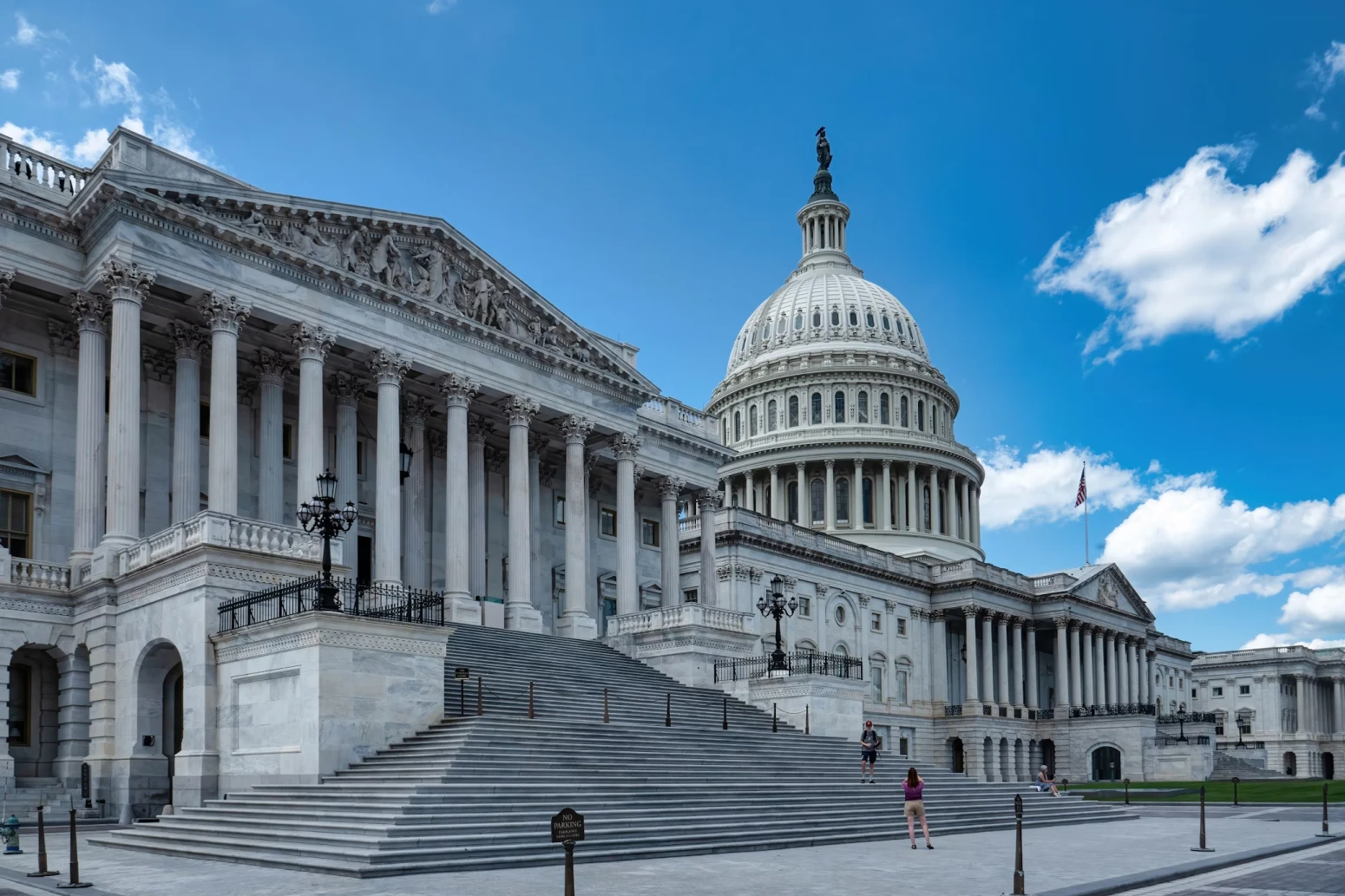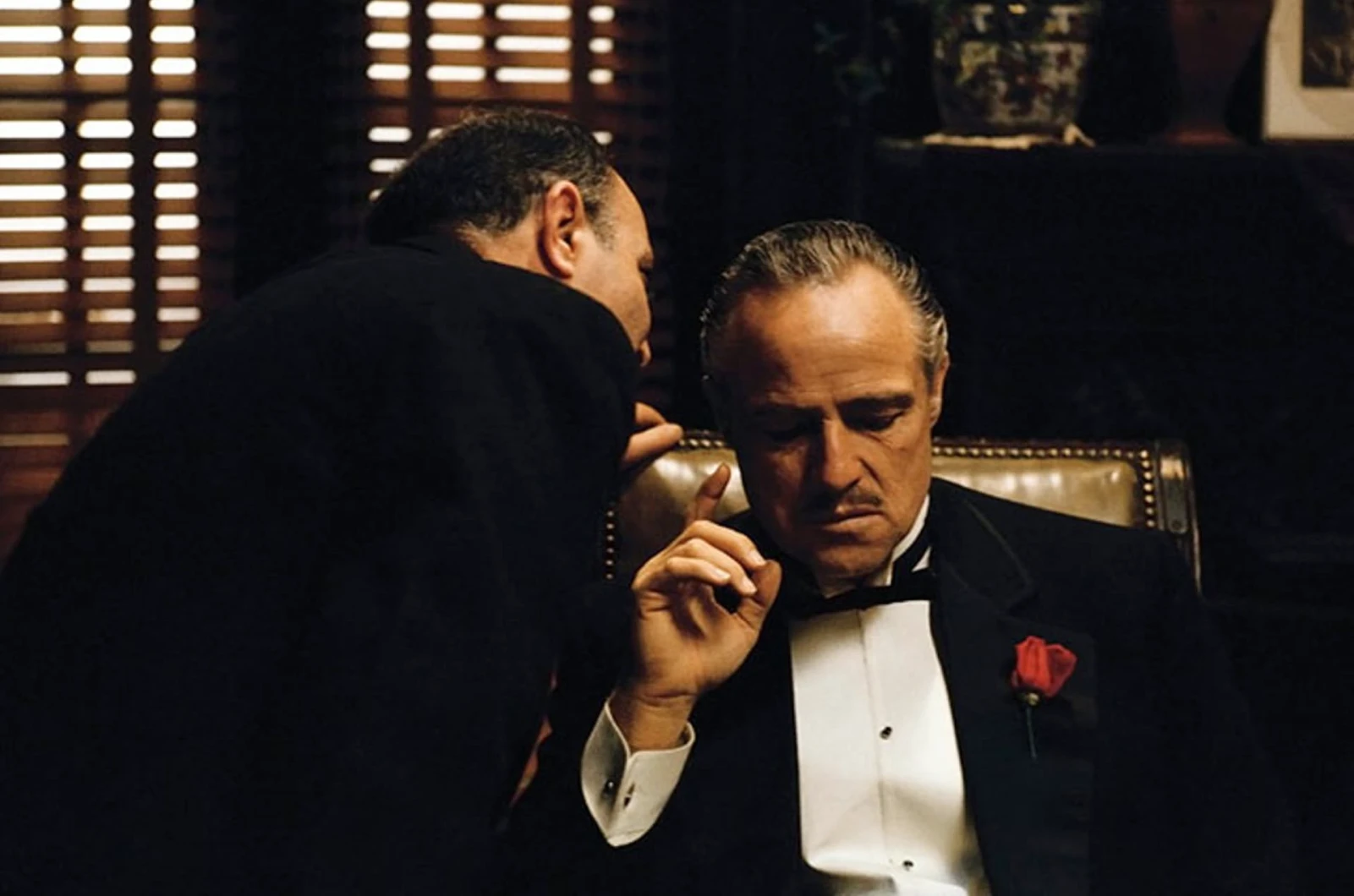Ask people how Italian culture has influenced America and you’ll hear everything about pizza by the slice in New York, spaghetti bowls on every table (Olive Garden included), and the espresso shot everyone adds to their Starbucks order in the morning. And it’s true, Italian food is so ingrained in the United States that it almost feels American itself.
But stopping at the food oversimplifies a much bigger story.
Italian immigrants and their descendants didn’t just bring recipes to the country. They brought with them an entire worldview, their artistic legacy, and even a scientific mindset that influenced American culture in ways most people don’t recognize. And today, from the way Americans build our cities to the way they sing, the United States look and feel the way they do today also because of Italian influence!
Before famous names like Sinatra and Lady Gaga entered the stage, Italian people had already changed the way Americans listened to music.
Starting in the early 1900s, Italian opera singers like Enrico Caruso filled the theaters with elites. But more than a simple performance, this was a cultural shockwave. Thanks to the new gramophones and recording technology, for the first time, even working-class immigrants and middle-class families could finally listen to an opera aria. And so, the music that once only belonged to theaters started to become a part of American households.
But the Italian music tradition didn’t stop in opera houses. Musicians like Frank Sinatra, Perry Como, and Dean Martin brought the Italian style to popular music. Their phrasing and swagger all came directly from the Italian approach to singing, and soon enough became the standard of modern American sound.
And the influence wasn’t limited to singers either! Italian-American musicians helped shape jazz, film soundtracks, even Broadway. Take Henry Mancini, the son of Italian immigrants who literally composed music that defined an era. From Moon River to The Pink Panther, his style was influenced by American jazz, that’s true, but it was strongly rooted in the orchestral tradition of Italian and Europeans. Even Hollywood’s “obsession” with sensational music owes it to Italians like Nino Rota, who composed the soundtrack for The Godfather. It might sound of little importance, but all the great music we hear in today’s movies started then.
As you can see, the legacy here is simple: American music became emotional and dramatic because Italians taught people that a song isn’t just melody. It’s storytelling.
Just walk into any American city and take a look at its most impressive buildings. I’m talking about courthouses, museums, libraries, state capitols and so on. See the columns, the arches, and the domes? It was “borrowed” from Italy and Italians.
More specifically, what heavily influenced America’s public architecture were the Italian Renaissance and all European classical styles. So, when in the 19th and early 20th centuries cities like Washington and Chicago wanted to somehow project authority, they chose to look to Italian architecture and art. And it was the Beaux-Arts movement, inspired by the Renaissance, to give America its monumental buildings.
But it wasn’t limited only to monumental stations and opera houses. Italian artists transformed cities with their murals and frescoes. By drawing and painting onto subway stations walls and church ceilings, they brought color and, again, storytelling to neighborhoods that might otherwise have been anonymous.
And even the way Americans think about museums owes a little something to Italians, or better said, to wealthy collectors of Italian Renaissance art. People like J.P. Morgan and Isabella Stewart Gardner literally filled US museums and institutions with it; and by doing so they created a cultural standard. In America, being “educated” meant to know and understand Michelangelo, Raffaello, Botticelli, and many more.
We can say it proudly. Italian art didn’t just decorate America for a few years. It became the standard for public architecture and set the bar for what “culture” means, even today.

Today, American scientific dominance seems like a given. However, it’s worth remembering how much of it was built by immigrants. Italians included.
The most fitting example is Enrico Fermi. Its nuclear reactor wasn’t just a huge milestone in physics; it marked the exact moment America became the center of global scientific innovation. And as he carried with him a tradition of combining theoretical brilliance with hands-on craftsmanship, that very mindset started to seep into American laboratories. His colleagues and his students, many of them immigrants or children of immigrants themselves, eventually started to follow his values, helping establish the United States as the powerhouse in physics and engineering we know today.
Italian-American scientists and inventors, however, were not forgotten inside a laboratory. They left their fingerprints also on daily life. Amadeo Giannini, for example, revolutionized banking by making credit accessible to ordinary people through the Bank of America. And how could we forget Guglielmo Marconi? His wireless telegraphy led to the invention of the American radio, which not only became a technology but a real cultural force able to shape everything from politics to entertainment.
In the end, what did Italians bring to the table? Not just knowledge, but an approach where curiosity paired with practicality. And with this blend, Americans started to innovate.
American fashion might be global today, but the very notion that clothing expresses identity owes (once again) to Italian influence. The clothes, the very fashion we follow today is all thanks to Italian-American designers. They first introduced the idea that style should balance elegance and comfort, a principle that is still true in Italy today and is the very basis of American fashion, from New York runways to the clothes we wear everyday.
Movies, too, tell a similar story. Italian-American directors, like Francis Ford Coppola and Martin Scorsese, didn’t just become successful. They forced American cinema and Hollywood to grow up. Because of them, simple stories of heroes and happy endings became more layered and morally complex. Our beloved antiheroes began to rise, and the same goes for flawed families and urban difficulties which later became central themes in movies and television. We could say that our love for drama traces directly back to a few Italian-Americans reimagining stories.
Even modern design carries with it Italian tradition. Everything, from cars to furniture, is now sleek and functional. And Italians, during the last century, were at the core of this change. They helped Americans see that design itself was not a luxury but a necessity. And they showed the US how they could shape their houses, offices and general public spaces by simply tweaking their design.
In short? Italian-Americans were not simple voices in fashion, cinema, and design. They changed the very core of them, successfully changing how the United States express themselves.

Italian influence in the United States goes far beyond pasta and pizza. You can hear it in the way Americans sing, you can see it in the very structure of the cities, you can feel it in the newest technologies, and you can even recognize it in movies and fashion we take for granted.
When they first arrived, Italian immigrants brought with them a vision that focused on expression and elegance. They showed Americans how beauty and function could coexist in everyday life. And over generations, and with the help of other immigrants as well, this perspective became part of American culture itself.
So how did they contribute to American culture? They didn’t just stop at the margins, adding flavors to the so-called melting pot. They helped define the pot itself.
Take your chance and shape your future in the “Bel Paese”!
Explore our programs!